In the early 1990s, the philosopher Francis Fukuyama wrote about “the end of history”, meaning that Western liberal democracy would be the end-point of humankind’s ideological and governmental development. In hindsight, it seems that instead of history reaching an end-point, it was the end of the future, as the future vision of the development of democracy was not updated to correspond to our changing world. The importance of updating future visions was emphasised back in the 1950s by Fred Polak when he discussed the rise and fall of societies and related ideologies in his book The Image of the Future. When images of the future are not renewed, we end up in a situation where the future appears opaque and it is easier to dwell on the past or create a dystopian scenario than to depict a desirable future.
Futures literacy highlights the use of the future in the present
Foresight is a process of outlining possible futures and thinking about actions that move the world towards a preferred future. It highlights the future as a subject of examination, like a reflection we see in the horizon. Futures literacy, on the other hand, highlights using the future as a tool to guide present actions. This means futures literacy represents a different approaches to futures: the future as a tool or a skill, not as a separate thing. Whereas foresight as a separate process will carry you through a year or two at a time, futures literacy is for life.
Foresight carries you through a year, futures literacy is for life
Futures literacy entails changes to the way we use futures. First, we need to move from a voiceless future – meaning a future that is inevitable and a given – to having active and broad discussion about future trajectories. But this active discussion about the future must not become a shouting match about the future: it also involves listening to others and engaging in dialogue that provides greater depth. Furthermore, instead of conquering the future, meaning preaching a single desirable future, the focus should be on exploring different futures.
Here are three tips for developing futures literacy:
- Beware of used futures: think about whether your hopes for the future are really what you want, or have you adopted someone else’s marketed image of the future? Does your view of the future match what you think is important in life?
- Nurture the skill of imagination: the future does not yet exist, so we need to imagine it. Imagining must take account of current developments and the constraints imposed by them but, at the same time, you need to challenge your assumptions about the future. What do we take as given? What do we take for granted or fail to see? As the futurist Jim Dator put it, any useful idea about the future appears ridiculous in the present.
- Change the terms of change: imagining multiple futures and challenging our assumptions about the future helps us change our perspective and reframe the situation. For example, do we see economic growth as a goal or merely as a means to achieve prosperity? This is ultimately about finding solutions through new paradigms and operating models instead of merely enhancing old paradigms and operating methods.
Uncertainty about the future and the complexity of our world tend to cause anxiety. Developing futures literacy helps us create faith in futures and our ability to influence them. Above all, it enables us to renew our future visions and build the future together.
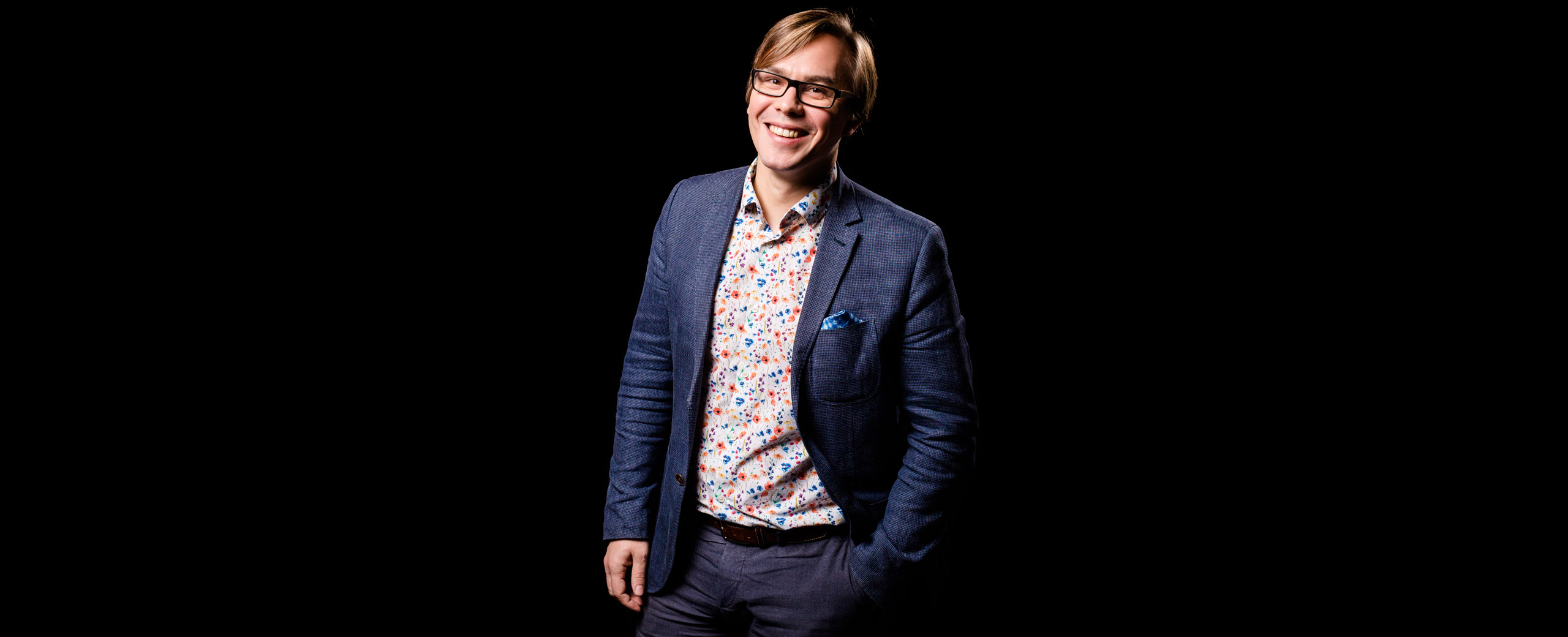




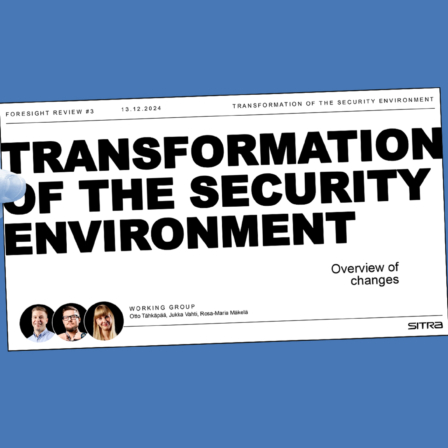
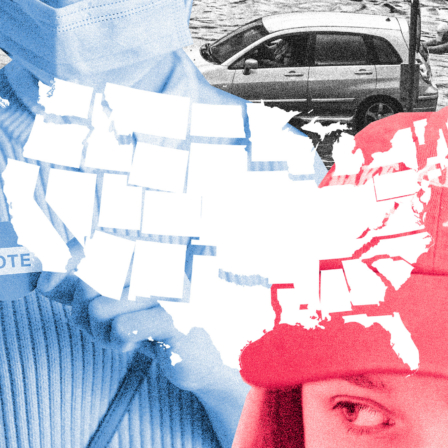


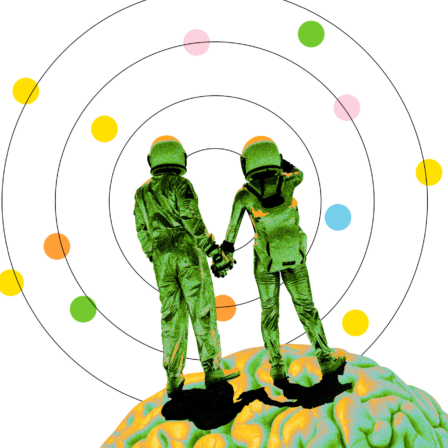


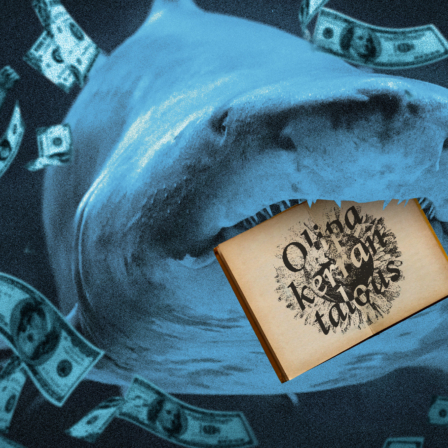
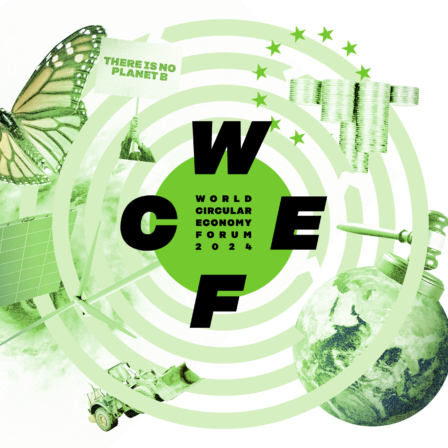
Recommended
Have some more.